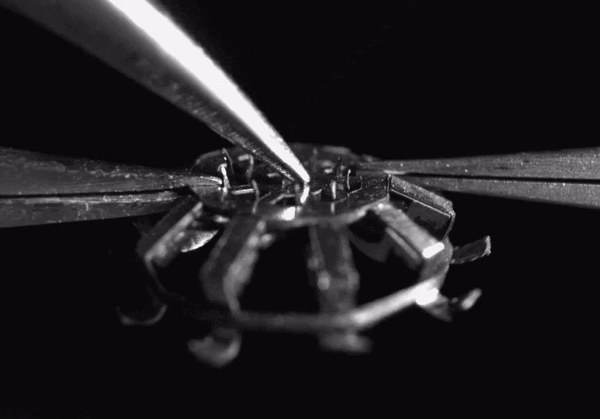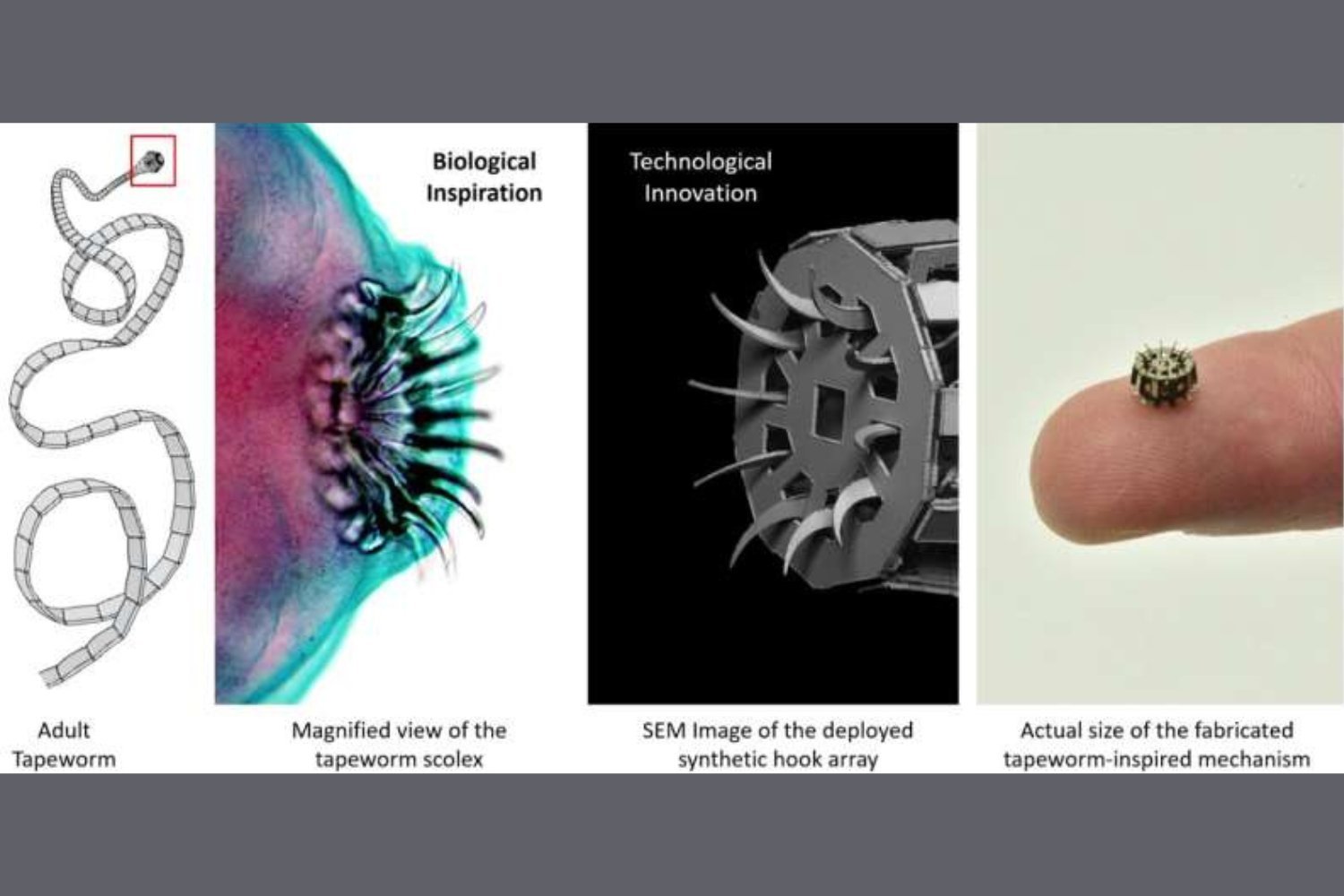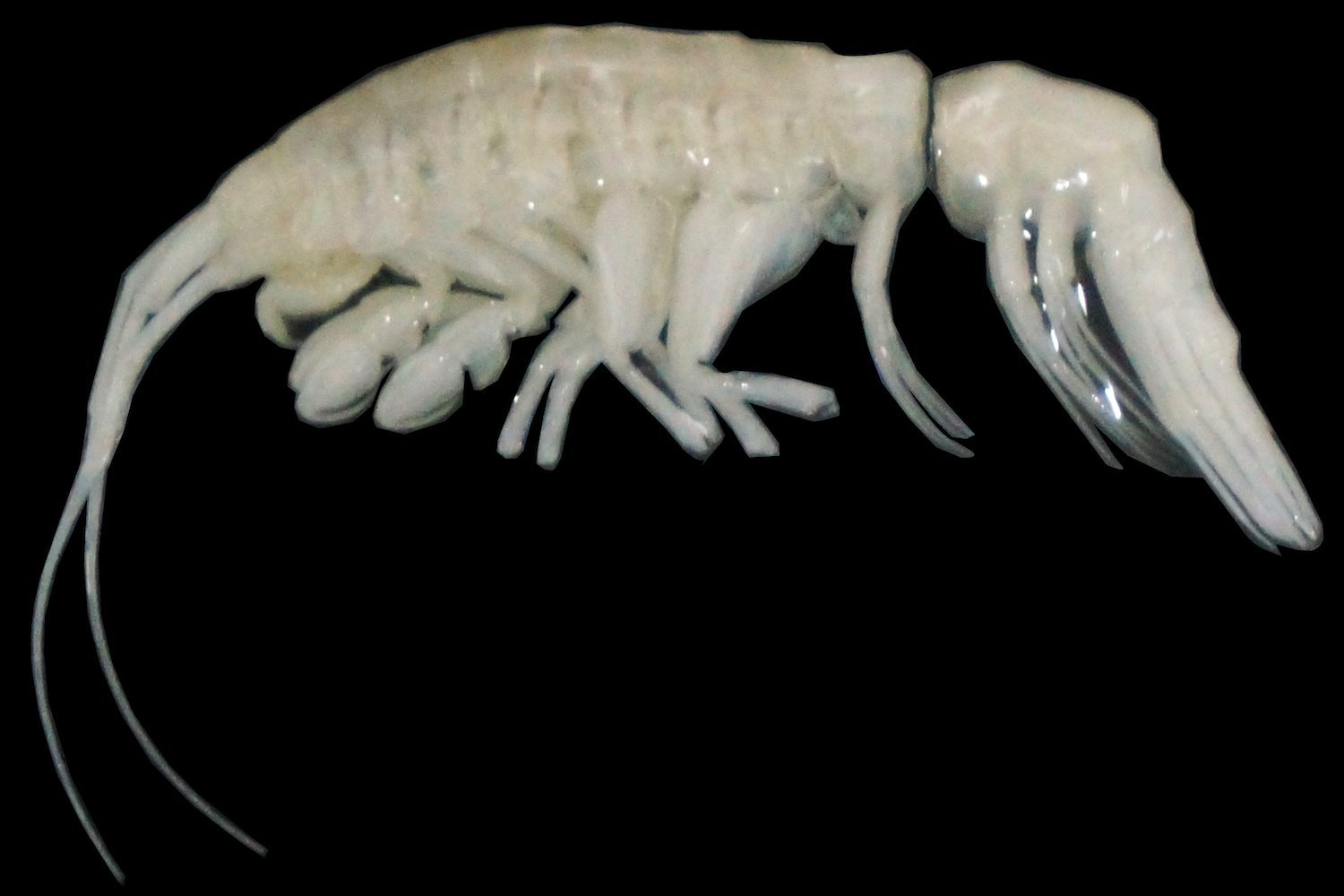The medical field is constantly evolving, and sometimes innovations arise from unexpected sources. Scientists have recently created a synthetic version of a tapeworm’s head, complete with its tiny hooks. This may sound unsettling, but this invention could revolutionize drug delivery and medical testing.
Researchers at Harvard University developed this robo-tapeworm anchor, aiming to improve existing methods of attaching to bodily tissue. Initial lab experiments have shown promising results, demonstrating the device’s remarkable stickiness. This spiky attachment has potential applications ranging from enhanced drug delivery to more convenient anti-theft devices.
Adult tapeworms survive by anchoring themselves to their host’s intestines, absorbing nutrients. Many tapeworm species achieve this through a circular set of hooks located on their scolex, or head. While this might be an unpleasant thought, the Harvard researchers saw inspiration in this parasitic mechanism.
“Parasitic species often have a negative public image due to their appearance and life cycles,” explains James Weaver, a biomedical engineer at Harvard’s Wyss Institute. “However, these species are incredibly well-adapted for anchoring to various host tissues using diverse attachment organs.” (Source)
 High-speed video of the device's hooks deploying.
High-speed video of the device's hooks deploying.
Existing technologies have already borrowed aspects of the tapeworm’s attachment mechanism for securing long-lasting drugs or medical sensors to internal tissues. However, Weaver and his team aimed to create a complete synthetic replica of the hooked scolex, a challenging task due to its tiny size and complexity. Collaborating with experts in robotics, medical device design, and invertebrate zoology, the team developed a millimeters-long prototype made of stainless steel and polymers.
The prototype was tested on medical hydrogels simulating body tissue. Results showed successful attachment to various materials, limited only by the tissue’s strength.
“These results highlight the effectiveness of parasite-inspired deployable designs as an alternative or complement to existing tissue attachment mechanisms,” the scientists stated in their paper published in PNAS Nexus. (Source)
While these findings are preliminary, the prototype’s low-cost and relatively simple production process are encouraging for potential mass production. The researchers envision numerous applications for this technology.
 Potential applications of the robo-tapeworm anchor.
Potential applications of the robo-tapeworm anchor.
Potential uses include targeted drug delivery, minimizing tissue damage, and implanting diagnostic sensors for monitoring vital signs or medication levels. The device’s resemblance to a tapeworm scolex also makes it a valuable lab model for studying the parasite’s physical impact on the body. Beyond medicine, the technology could be adapted for reversible wildlife tags or temporary anti-theft devices in retail settings.
This innovative technology has promising applications across various fields. While further research is necessary, the robo-tapeworm anchor could transform medical practices and offer solutions beyond the realm of healthcare.











